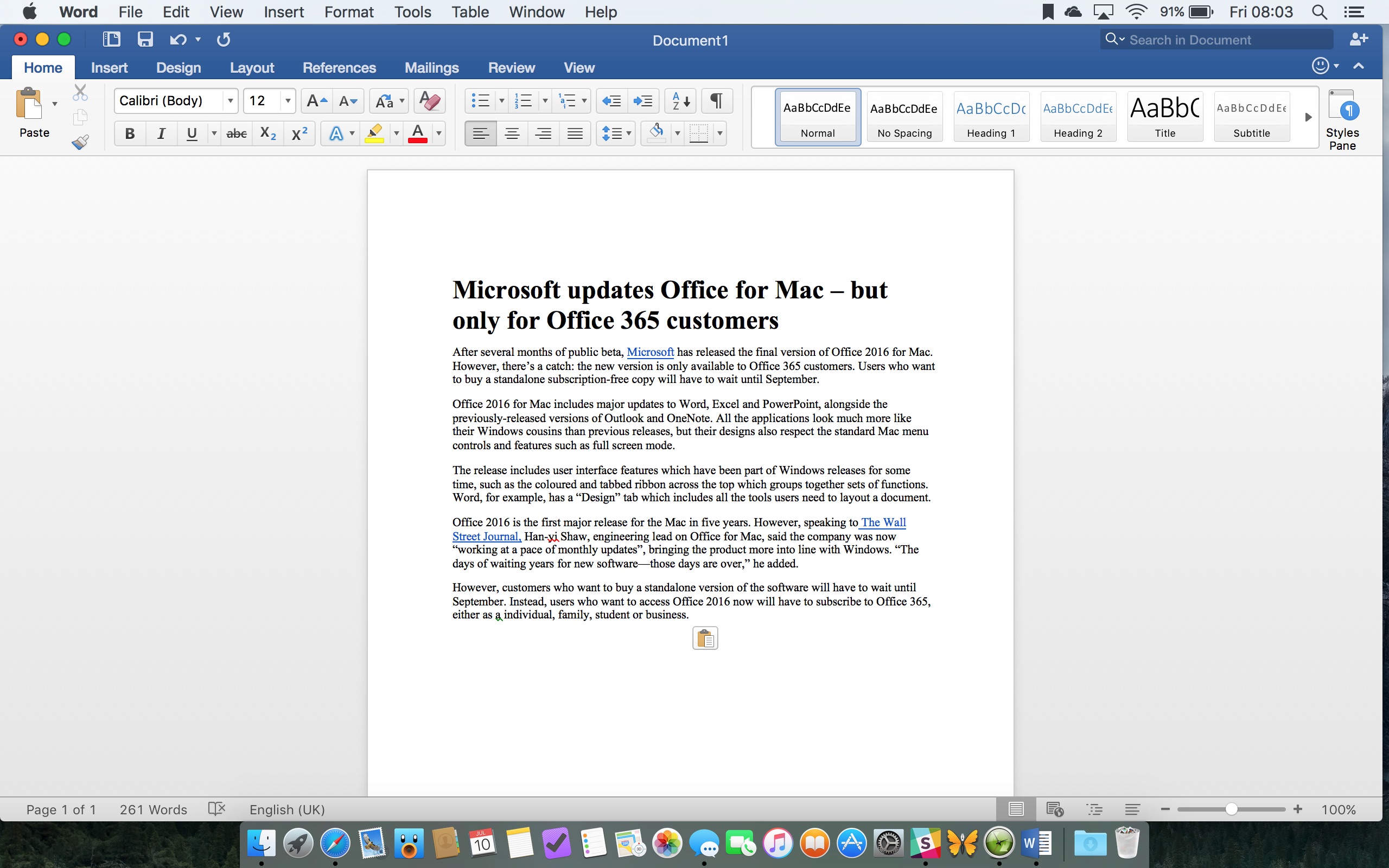

This option, when checked will match the letter case in the Replace process.Within the Replace dialog box, you can select the check-boxes explained below to narrow the search:.We'll learn more about these options next.įigure 3: Words and phrases typed within Replace dialog box That's because we used a single word in the Find what box in Figure 2, but more than one word in the same Find what dialog box in Figure 3. The same option is grayed out in the Replace dialog box, as shown highlighted in orange within Figure 3, below. Note that there are several options in the dialog box, shown in Figure 2, above, including the Find whole words only option, that's highlighted in orange.Now, type the word you want to find within the Find what box, highlighted in red within Figure 2, and type the replacement word within the Replace with box, highlighted in blue within Figure 2. Doing so summons the Replace dialog box, as shown in Figure 2, below.You can also press the Ctrl + H keyboard shortcut to summon the Replace dialog box.Įxplore our PowerPoint Keyboard Shortcuts and Sequences Ebook that is updated for all PowerPoint versions.In this drop-down menu, click the Replace option, shown highlighted in green within Figure 1. Within the Home tab, click the down arrow of the Replace button, highlighted in blue within Figure 1, above to bring up a drop-down menu.Next, access the Home tab on the Ribbon, as shown highlighted in red within Figure 1, below.įigure 1: Replace words in a presentation Open the presentation where you need to find and replace words or specific terms.
#Find and replace on mac word how to
Let us learn how to use the Find and Replace feature in PowerPoint 365 for Windows: The best option is to use the Find and Replace option in PowerPoint. However, with so many slides, it's easy to miss out on some occurrences.

What could you do to resolve this issue? Yes, you can manually find the problem word and replace every occurrence. Then, you realize that some incorrect terminology was used across the presentation. The No Formatting button - Turn off formatting selections.Let's imagine that you created a long presentation with many slides, for a particular event or concept. See Replacing special characters for more details. The Special button - Find and replace page and character elements such as Em dashes, tabs, or Section Breaks. The Format button - Find and replace page formatting options like Font types or colors, Paragraph formatting (left, right, center), or highlighted words. Ignore white-space characters - Ignore spacing between characters.Ignore punctuation characters - Ignore differences in hyphenation.For example, "id" returns "said" and "did". Match suffix - Works with other settings to find and replace words with common suffixes or endings.For example, "be" returns "best" and "because". Match prefix - Works with other settings to find and replace words with common prefixes or beginnings.For example, type "find", and Word will return "finds", "finding", and "found". Find all word forms (English) - Find and replace all verb tenses.For example, "there", "their", and "three". Sounds like (English) - Find and replace words that sound like others.For example, if you want to find "puff", Word doesn't show the words "puffed". Find Whole words only - Avoid partial matches.For example, you can find one "Wolf" and 11 words "wolf" in the document. Match case - Find and replace words that only match specific capitalization.


 0 kommentar(er)
0 kommentar(er)
